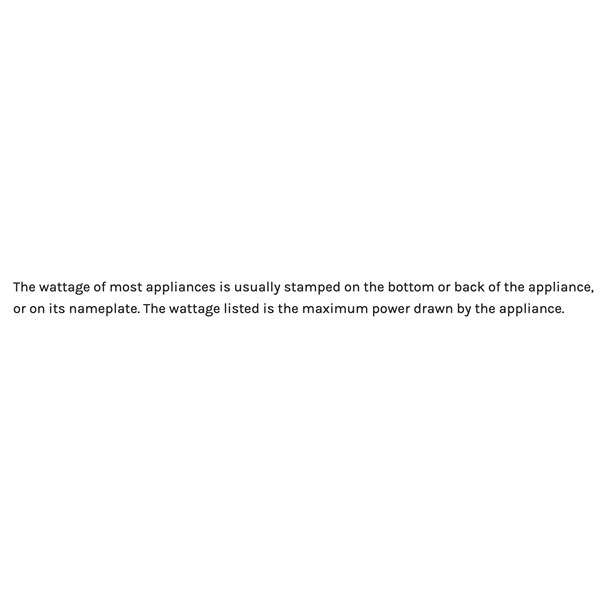Thursday, Oct 20, 2022 at 13:25
Allan, Thanks & yes, you are correct - I don't have a problem any more ..... just curiosity.
I understand the issue of obtaining 'averaged' readings when PWM is used as a means of current control but imagine that the limits of variation wouldn't be great?
The fly in the ointment as it were, in my situation wasn't, I think, primarily a meter reading 'inaccuracy' , but an appliance rated at 20 amps drawing circa 50% more than that. Sounds like Nick B Boab probably experienced the same, with the same model charger.
I note your point about 'nominal' manufacturer product ratings, but I had always been of the understanding that wattage ratings on appliances were the maximum the appliance might use. I just googled that &
https://www.energy.gov confirms that the rating should be for maximum not 'nominal'.

From https://www.energy.gov/energysaver/estimating-appliance-and-home-electronic-energy-use
I imagine most folk, like myself, would use the stated appliance wattage to be a useful guide to circuit breaker size, going up a size if the rating were close to the breakers rating for the reason you describe. Mostly in all the electrical installs I have done this has guided me
well. In this instance however the issue seems to be a case of Makita providing a misleading wattage rating. Possibly 'nominal' as you suggest
I have found this interchange useful as it has led me to this understanding, but changes nothing of course, as I had already acted to resolve the problem I'd experienced. Just niggles me a bit that Makita, through their wattage rating clearly not being the maximum for that model charger, cost me a replacement breaker & the work involved in fitting it, following a 4 month trip where what should have worked just fine ....didn't.
FollowupID:
921248